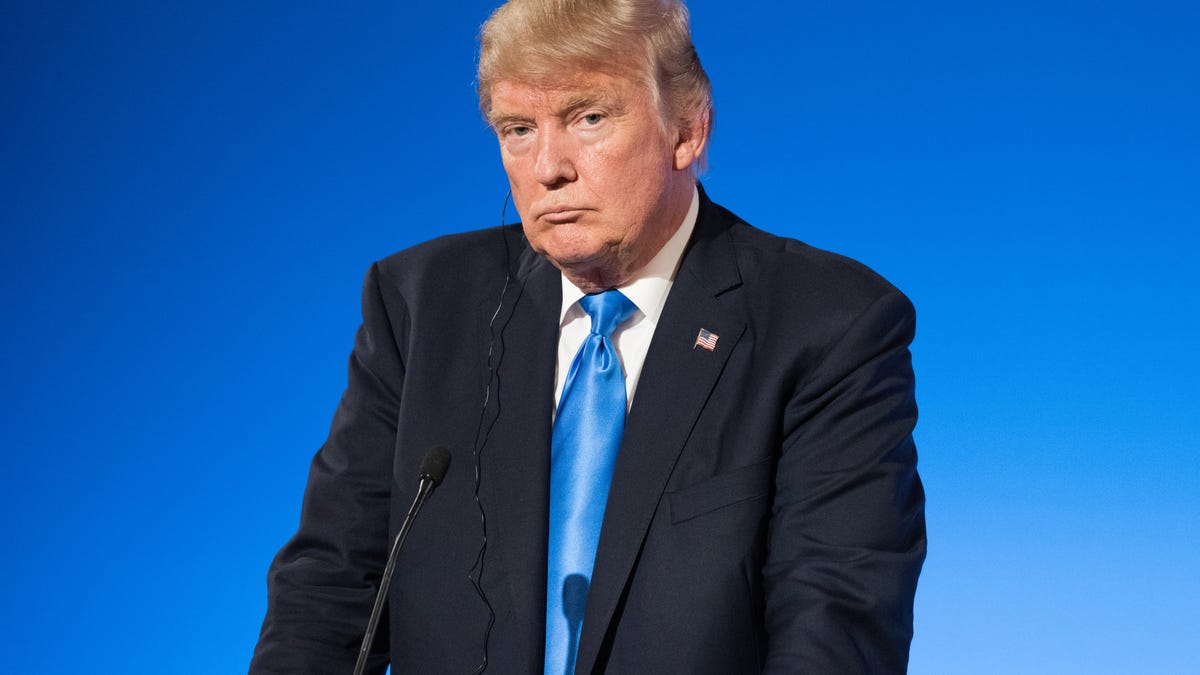Analysis of U.S. Public Debt and its Implications
Recent findings from the Government Accountability Office (GAO) indicate that the U.S. debt held by the public is set to more than double over the next 26 years, reaching an unsustainable level. In September 2023, the debt stood at $26.2 trillion, equivalent to the country’s gross domestic product (GDP). This parallel growth of debt and the economy raises concerns about the long-term financial stability of the nation.
Understanding Debt Held by the Public
Debt held by the public encompasses the government’s obligations to entities outside its own operations, excluding intra-governmental debts. While the national debt stands at $34 trillion, the metric of public debt is deemed more pertinent due to its exclusion of funds owed within the government.
Projections and Warning Signs
The GAO projects that the debt held by the public will peak at 108% of GDP by 2028, with a potential doubling of the debt-to-GDP ratio by 2050 unless spending patterns are altered. The historical context highlights that the current debt level is reminiscent of post-World War II figures, with substantial variations over the past few decades.
Increasing debt results from government expenditure exceeding revenue, leading to borrowing to bridge the gap. This persistent deficit trend since 2008, culminating in consecutive years of over $1 trillion deficits, raises alarms regarding the sustainability of current fiscal practices.
Implications of Escalating Debt
The GAO’s report underscores various risks associated with escalating debt levels. Potential consequences include decreased investor confidence in government creditworthiness, potentially triggering revenue challenges through decreased Treasury bond purchases. Such scenarios might necessitate significant tax hikes as a corrective measure.
Moreover, rising debt burdens could exert downward pressure on wages, reducing income tax revenues and exacerbating the borrowing cycle. Mounting interest payments on the debt are projected to surpass $1 trillion by 2029, surpassing military expenditure figures for that year. This trend highlights the prioritization dilemma between debt servicing and essential program funding, such as Social Security and Medicare.
Recommendations for Fiscal Reform
A call for reform has been made by transparency advocates at OpenTheBooks, urging the government to curtail spending rather than resorting to tax increases as a debt mitigation strategy. The prevalence of significant financial leakages, including billions in improper payments and potential unemployment benefits fraud, underscores the urgency for stringent fiscal oversight.
Despite record tax revenues, the exponential growth of government debt persists, necessitating a strategic reevaluation of spending priorities to avert a looming financial crisis.
Conclusion
The escalating public debt trajectory poses a critical national security threat, as highlighted by prominent figures such as former Chairman of the Joint Chiefs of Staff, Michael Mullen. The imperative for responsible fiscal management is underscored by the unsustainable debt projections and the detrimental effects on economic stability.
Image/Photo credit: source url





